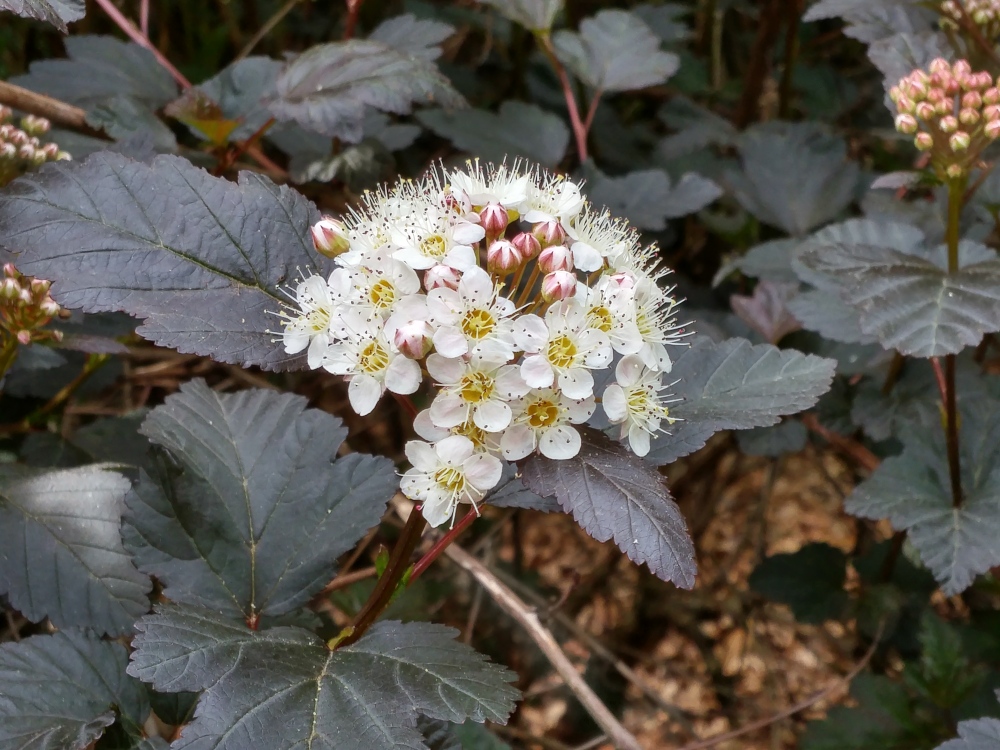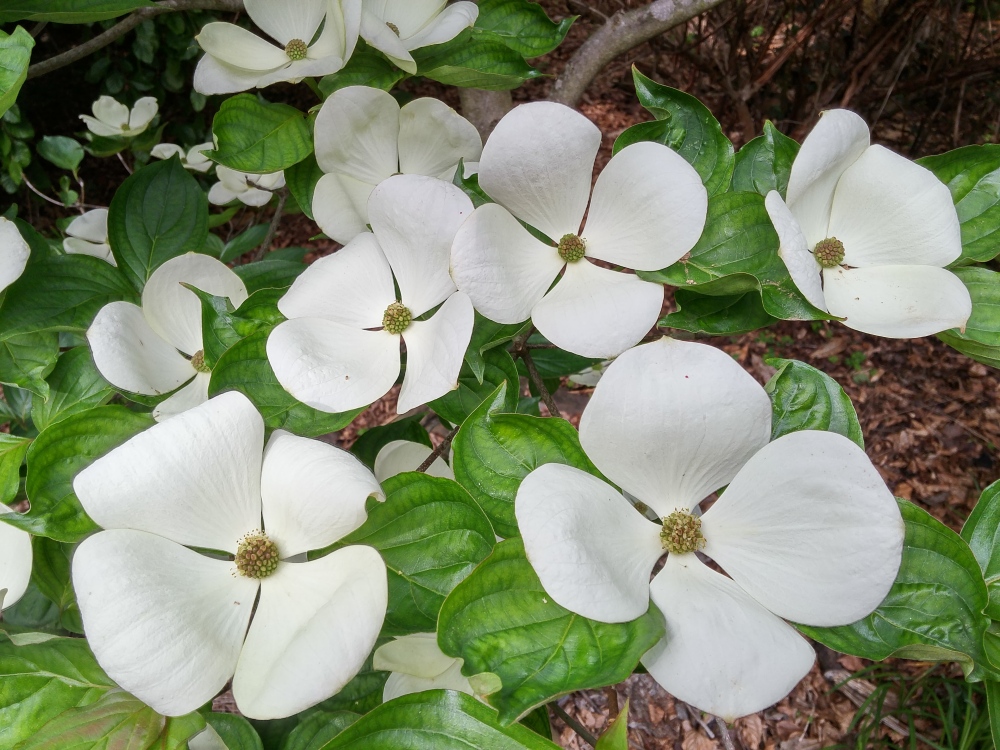Only a single plant in this garden is regularly sheared to keep its shape, and this is by necessity, not for aesthetic purposes. For reasons that are unclear after many years, a spiral pruned Common box (Buxus sempervirens) was once planted beside the bluestone path that leads from the driveway to the deck in back of the house. I much prefer plants in their natural form, and the difficulty in maintaining this formal shape quickly became apparent. After several years, efforts to maintain the spiral were abandoned and the box was allowed to go natural. For awhile.
In its unpruned form, the boxwood grew in height and width, and soon began to encroach on the stone path. My wife, who delights in pointing out the errors of my ways, insisted that something must be done. I proposed that if the encroaching boxwood was a bother, she could take the path that winds through the other side of the garden. This would only detour her route to the deck by several hundred feet. Of course, she thought this was ridiculous.
Eventually, I came to appreciate her argument, as I seemingly always do. So, the boxwood was sheared into a tall pencil point, which I do not prefer, but the path is now unobstructed (at least by the box). I grudgingly admit satisfaction that the boxwood has been rescued, and the result is not so bad after all, though there are no plans to begin shearing other plants.
While references can inform the gardener about the mature height and width of plants (and sometimes these are even accurate), too often there are surprises. An arching habit can betray the gardener’s careful placement, but too often the gardener has planted without considering the form or mature size of a plant. A cute, dark leafed ninebark (Physocarpus opulifolius ‘Diabolo’, above) purchased in a small container from the garden center cannot possibly grow into an unruly behemoth in a few short years, can it?
And, of course, it does, and what is to be done with it? Fortunately, the ninebark in this garden was planted to the rear of smaller plantings, and well off the stone patio that borders the koi pond. Still, it laps over to invade space intended for a ‘Venus’ dogwood (Cornus (kousa x nuttallii) x kousa, above) that does not seem too bothered by the encroachment, though I’d prefer if it had a bit more space to spread to enjoy the huge flowers on lower branches.
A more suitable ninebark for planting closer to a patio or walk is ‘Little Devil’ (Physocarpus opulifolius ‘Little Devil’, above), with a mature size as well as flowers and foliage that are scaled down from the full sized version. Perhaps its smaller flowers are not as prominent against a background of foliage that is not as darkly colored as ‘Diabolo’, but it will fit into more spaces without requiring drastic annual pruning.
Lovely!
Dave….Amen on letting plants grow into their natural state. I’ve delayed for years trimming our 20′ holly tree (north side of the house) as it seemed to struggle in its partial shade location. Now, I’ve decided to just leave it alone, thanks to your expert observations. We’ll just have to see if wife agrees, long term.
If she disagrees, blame it on me. Of course, the other issue is how to trim a twenty foot tall evergreen, and again in a few years. It is practical to prune plants until they are beyond your reach. Taller than this, they’re pruned or sheared with difficulty.